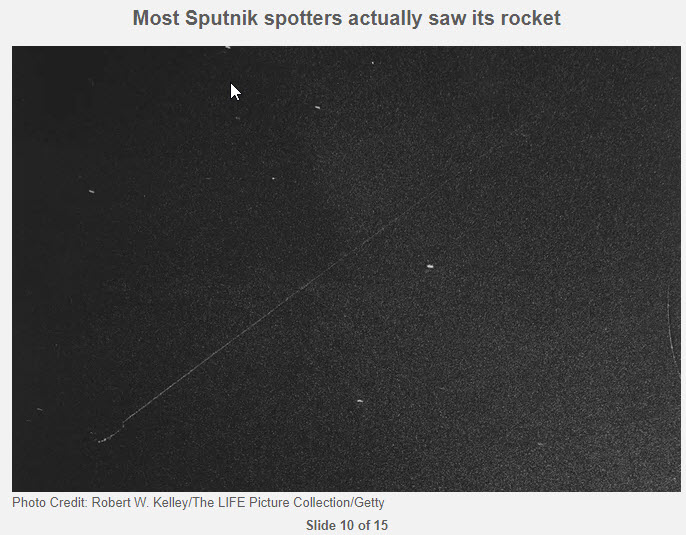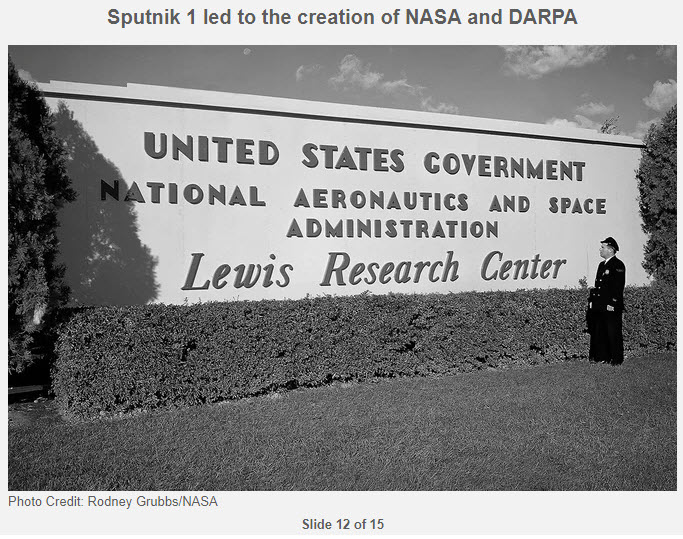———- Forwarded message ———-
From: JoAnne K9JKM
Date: 2017-10-27 7:31 GMT+08:00
Subject: [ans] ANS-299 AMSAT News Service Special Bulletin – AMSAT-NA Board of Directors Elects Joe Spier, K6WAO, President
To: ans@amsat.org
AMSAT NEWS SERVICE SPECIAL BULLETIN
ANS-299
The AMSAT News Service bulletins are a free, weekly news and infor-
mation service of AMSAT North America, The Radio Amateur Satellite
Corporation. ANS publishes news related to Amateur Radio in Space
including reports on the activities of a worldwide group of Amateur
Radio operators who share an active interest in designing, building,
launching and communicating through analog and digital Amateur Radio
satellites.
The news feed on http://www.amsat.org publishes news of Amateur
Radio in Space as soon as our volunteers can post it.
Please send any amateur satellite news or reports to:
ans-editor at amsat.org.
In this edition:
* AMSAT-NA Board of Directors Elects Joe Spier, K6WAO, President
SB SAT @ AMSAT $ANS-299.01
ANS-299 AMSAT News Service Special Bulletin
AMSAT News Service Special Bulletin 299.01
From AMSAT SYMPOSIUM, RENO, NV
DATE October 26, 2017
To All RADIO AMATEURS
BID: $ANS-299.01
AMSAT-NA Board of Directors Elects Joe Spier, K6WAO, President
At it’s annual meeting, held at the Silver Legacy Resort Hotel in
Reno, NV, the AMSAT-NA Board of Directors elected Joe Spier, K6WAO, of
Reno, NV, President, succeeding Barry Baines, WD4ASW, who has retired
after nine years of service as AMSAT’s President. Joe is a Life Member
of AMSAT-NA and has previously served as Executive Vice President and
Vice-President Educational Relations. He also has Life Memberships in
the ARRL, SARA (Society of Amateur Radio Astronomers) and the AFA (Air
Force Association). He holds an Extra Class license as well as
commercial licenses.
Immediate Past President Barry Baines, WD4ASW, said “It has been an
honor to serve as President for the past nine years and as a board
member since 1999. I’m confident that the successes of the past nine
years while serving as President will lead to new opportunities in
AMSAT’s future as Joe assumes the helm working with the new Senior
Leadership Team. I’m also thrilled that Paul Stoetzer, N8HM, and
Clayton Coleman, W5PFG, are new voting members on the Board, including
the assumption of my former slot. I’m excited that the new Board
combined with the new Senior Leadership Team will bring insight,
enthusiasm, energy and commitment to move AMSAT forward.”
Other officers elected by the Board were:
* Paul Stoetzer, N8HM, of Washington, DC, as Executive Vice President
* Jerry Buxton, N0JY, of Granbury, TX, as Vice-President Engineering
* Drew Glasbrenner, KO4MA, of New Port Richey, FL, as
Vice-President Operations
* Clayton Coleman, W5PFG, of Granbury, TX, as Secretary
* Keith Baker, KB1SF/VA3KSF, of Corunna, ON, as Treasurer
* Martha Saragovitz of Silver Spring, MD, as Manager
[ANS the AMSAT-NA Board of Directors for the above information]
/EX
_______________________________________________
Via the ANS mailing list courtesy of AMSAT-NA
http://www.amsat.org/mailman/listinfo/ans




